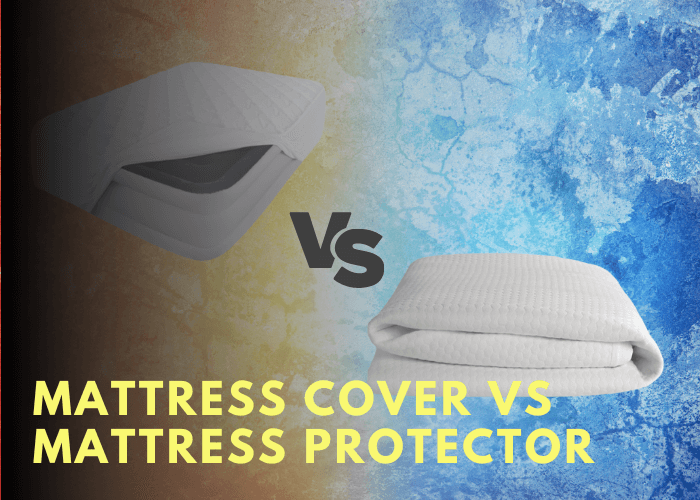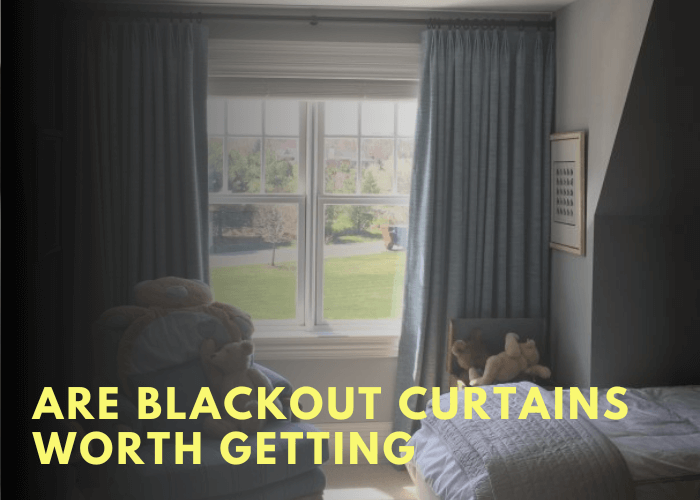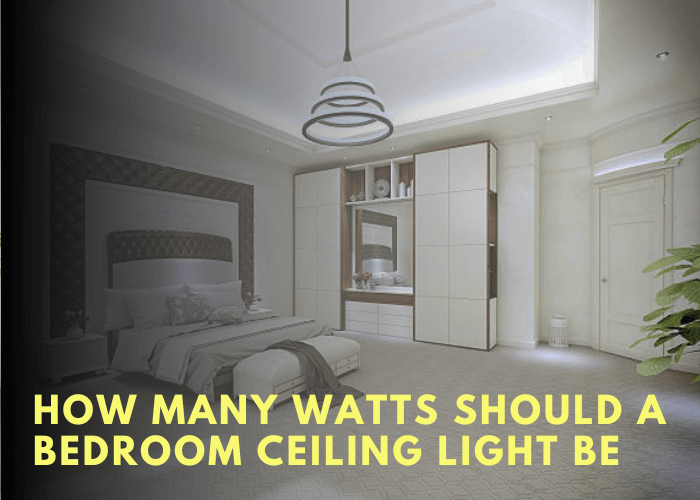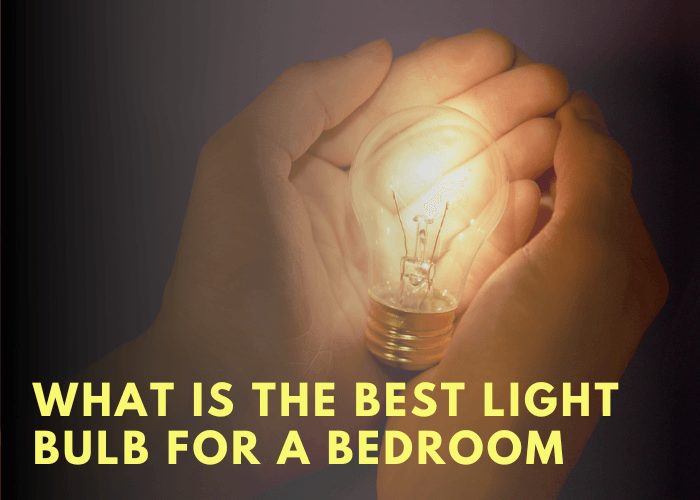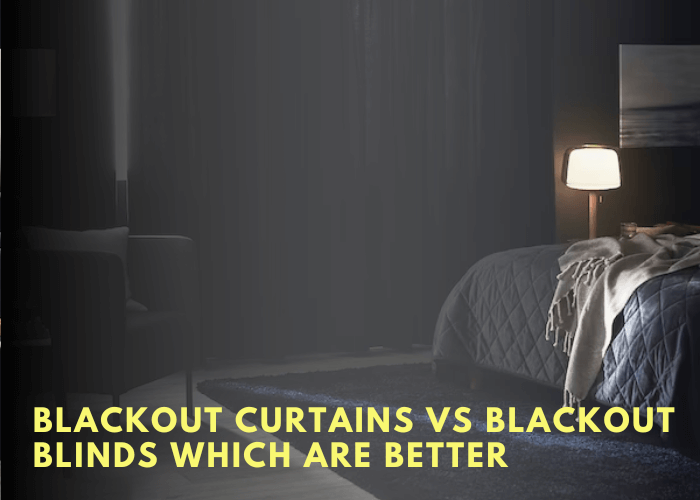Have you ever wondered what the difference is between a mattress cover and a mattress protector? Many people use these terms interchangeably and assume they have the same purpose.
But it turns out there are some key distinctions between the two that can help you choose the best option for your bed.
Let’s take a look at how mattress covers and mattress protectors differ, and which one is right for you.
Mattress covers: They come in a variety of materials like cotton, polyester, or wool. They’re usually used to add style and color to a room while also protecting against dirt or dust accumulation.
Plus, they can help keep your mattress clean by providing an additional barrier between it and any spills or accidents that may occur.
Mattress protectors: Typically made from waterproof material like vinyl or polyurethane laminate (PUL). This makes them ideal for keeping liquids away from your mattress core – an important function if you have children or pets who may accidently spill something on your bed.
Additionally, many protectors offer anti-allergen protection to make sure allergens don’t settle into your bedding over time.
Benefits Of A Mattress Cover

A mattress cover offers a few advantages. It is important to understand the differences between it and a mattress protector.
Here are the primary benefits of a mattress cover:
Comfort:
- Keeps your mattress from shifting and bunching up.
- Provides an extra layer of cushioning for better sleep quality.
- Prevents dust mites and allergens from collecting in the mattress.
Protection:
- Protects your mattress from spills and other accidents.
- Shields against wear and tear caused by everyday use.
- Can be easily removed, washed, and changed as needed.
Cost-Efficiency:
- More affordable than buying a new mattress.
- No need to spend money on expensive cleaning services or replacement mattresses due to damage or wear and tear.
A mattress cover is a cost-effective way to ensure that your bed remains comfortable and undamaged over time. It also helps protect against dust mites, allergens, spills, and more – all for a fraction of the price of replacing your mattress!
Now let’s take a look at the benefits of a mattress protector.
Benefits Of A Mattress Protector

A mattress protector can provide a number of benefits to your sleep experience.
According to a recent survey, nearly 60% of people who use a mattress protector said they experienced better quality sleep. Let’s explore some of the advantages that mattress protectors can bring.
Here are 4 key benefits:
- They keep your mattress clean, protecting it from dust and moisture.
- They’re breathable and comfortable, ensuring you don’t overheat during the night.
- They’re waterproof and can help protect against spills and accidents.
- They can extend the life of your mattress by providing additional support and cushioning.
Mattress protectors are an affordable way to improve your sleep hygiene and ensure you get the restful nights you deserve.
With proper care, a mattress protector can last for years, making it a wise investment for any bedroom.
Care Instructions For Mattress Covers
Mattress covers and mattress protectors both shield the mattress from dirt, dust, and spills. But there’s a difference between them. Care instructions vary too.
Caring for a mattress cover is simple.
Generally, it can be washed in a normal cycle in cold or warm water. Air drying is recommended but it can also be tumbled dry on low heat.
To keep fabric soft and stain-free, use mild detergents without bleach or whiteners that could fade colors.
For best results with a mattress protector, spot clean when needed by dabbing gently with a damp cloth and mild detergent. Too much agitation may damage the protective waterproof coating so avoid scrubbing hard surfaces excessively.
Also avoid ironing or pressing with heated objects which could melt the waterproof coating as well as destroy any fire retardant features of the protector.
Knowing how to care for each helps prolong their lifespan and keep them looking new. It’s important to read care labels before washing to avoid damaging either product.
Care Instructions For Mattress Protectors
Unlike mattress covers, which protect from dirt and dust, mattress protectors are designed to provide a waterproof barrier against spills and other potential moisture sources. As such, the care instructions for a mattress protector are slightly different. Let’s explore this further.
In terms of cleaning the protector, it is recommended that you spot clean it with mild detergent when necessary.
To avoid any damages to the waterproof layer of the protector, machine washing should be done on a gentle cycle and air drying is advised.
It is important to note that fabric softener should not be used while cleaning as this can reduce the effectiveness of the waterproofing features of your protector.
Moreover, in order to maintain its effectiveness over time, it is advisable to inspect your mattress protector regularly for any signs of wear or tear and replace it if necessary.
Taking these steps will ensure that your protector remains capable of providing an effective barrier against spills and other sources of moisture. This will help keep your mattress in good condition for years to come.
Price Comparison

Coincidence can be a funny thing. It just so happens that mattress covers and mattress protectors are two different things, but they’re often confused as one in the same.
But it’s important to know the difference between the two when you’re shopping for bedding.
Mattress covers provide a barrier against allergens and dust mites, making them great for those with allergies or asthma. As an added bonus, they also cover up any unsightly stains on your mattress. On the other hand, mattress protectors are typically waterproof, which makes them ideal for protecting your mattress from spills or accidents.
When it comes to price comparison of mattress covers and mattress protectors, you’ll usually find that both are quite affordable.
The cost will depend largely on what type of material you choose and how much coverage you need. A good rule of thumb is to expect to pay somewhere between $20-$50 for a basic queen size unit.
TIP: Consider buying a higher quality product if you plan on using it frequently or if it needs to stand up to heavy wear and tear over time. Quality products tend to last longer and offer more protection than their cheaper counterparts.
Final Considerations
So, you’ve made it to the end of the road.
You’ve read up on mattress covers and mattress protectors, their differences, and even done a price comparison.
Now it’s time to make your choice.
The decision can be daunting but there are a few key considerations that’ll help you make the right one for your needs.
Comfort is probably the most important factor—you want something that fits snugly yet feels good under you when sleeping.
Durability should also be taken into account as you’ll want something that stands up to regular wear and tear over time.
Size is another major point of consideration as different types of beds require different sizes of covers or protectors. Make sure whatever you buy will fit properly with minimal bunching or shifting while in use.
Frequently Asked Questions
Are Mattress Covers And Mattress Protectors Waterproof?
The air of mystery surrounding mattress covers and mattress protectors can be suffocating.
Trying to discern the difference between them, let alone understanding whether they are waterproof or not, is like trying to solve a Rubik’s cube with one hand tied behind your back.
To answer this question we must dive into the depths of their features.
Firstly, it’s important to note that mattress covers and mattress protectors are two distinct items. A mattress cover is essentially a fitted sheet for your bed, while a protector is made from more durable material – think vinyl or plastic – and typically come with zippers for easy removal and cleaning.
When it comes to durability and waterproof capabilities, here’s what you need to know:
1. Mattress covers last around 2-3 years before needing replaced.
2. Mattress protectors typically last longer than that at 4-5 years.
3. Both types will give your mattress some protection from spills, but if you’re looking for complete waterproof protection go for the protector every time.
If you’re worried about allergens in your bedding, then again choose the protector as it will be better equipped to handle dust mites and other irritants thanks to its impermeable surface.
So there you have it: mattress covers are great for comfort but not so much when it comes to protecting your bed from liquids or allergens; while mattress protectors offer long-term durability plus complete waterproofing and allergen prevention.
It pays to know the difference between these two products before making your purchase!
Are Mattress Covers And Mattress Protectors Washable?
Washable mattress covers and protectors? It’s almost a joke! After all, who would want to sleep on something that isn’t clean?
It turns out, however, that washability is actually an important factor when it comes to choosing between a cover and a protector. The difference lies in the materials used to make each.
A mattress cover is usually made of cotton or polyester fabric, which can be removed and washed easily. This makes them ideal for people with allergies or asthma.
A mattress protector, on the other hand, is usually made of plastic or vinyl which may not be as easy to clean but offers protection from fluids like sweat and spills.
TIP: Check the product label before buying your mattress cover or protector – look for materials that are machine washable so you can keep it clean and hygienic for years to come!

